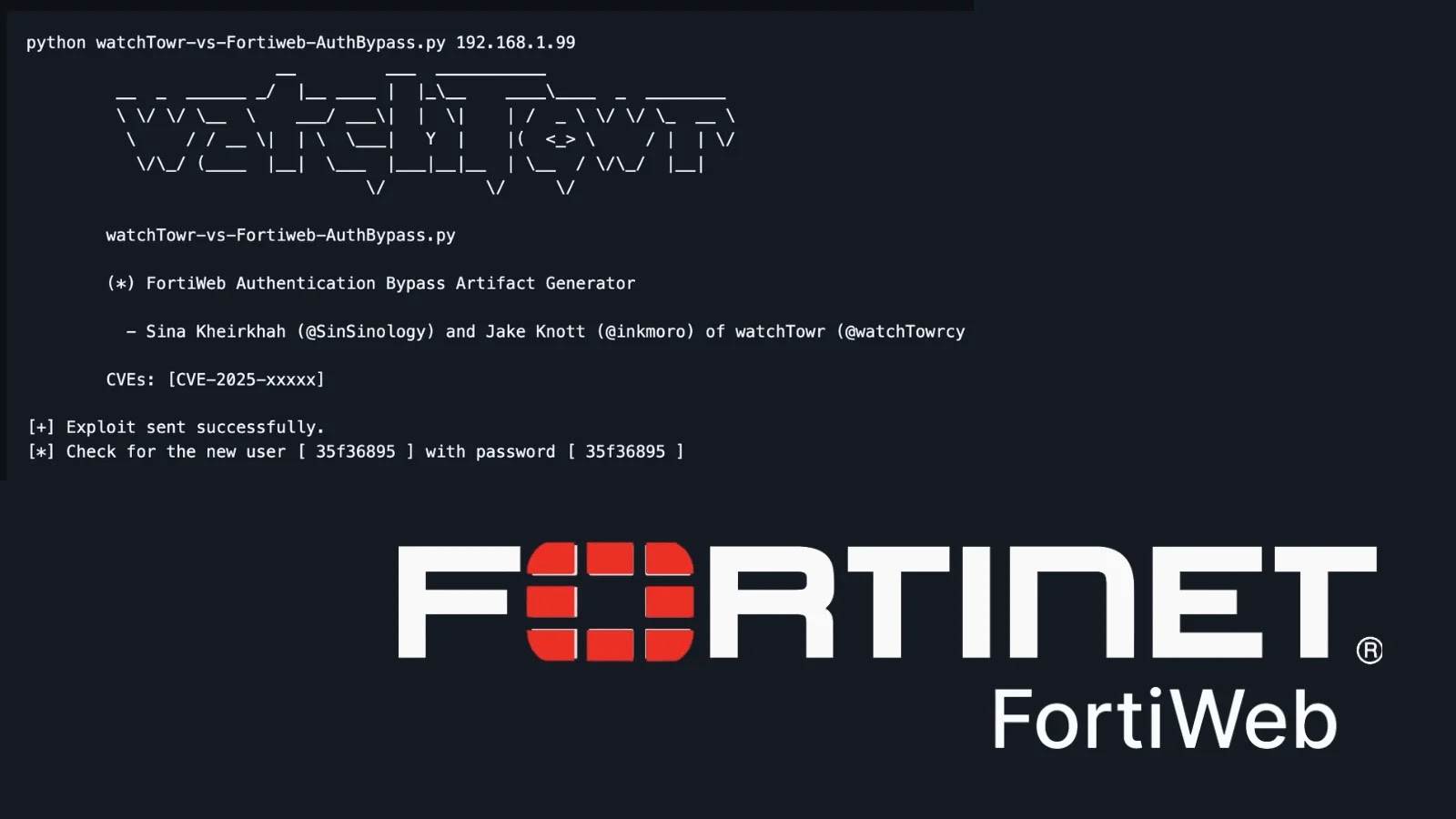On October 14, 2025, the Cybersecurity and Infrastructure Security Agency (CISA) issued an urgent alert concerning a critical vulnerability in Rapid7’s Velociraptor, an open-source endpoint detection and response (EDR) tool. This flaw, identified as CVE-2025-6264, arises from improper default permissions, enabling authenticated users with artifact collection privileges to escalate their access and execute arbitrary commands. Such exploitation can lead to full control over compromised endpoints, posing significant risks to organizations utilizing this security platform.
Understanding the Vulnerability
Velociraptor is widely adopted by security teams for its robust forensic capabilities and efficient artifact collection. However, a misconfiguration in its default settings permits users with specific privileges to escalate their access rights. According to CISA’s Known Exploited Vulnerabilities (KEV) catalog, while initial access to the endpoint is necessary for exploitation, once inside, attackers can achieve complete system takeover. This vulnerability underscores the dangers associated with default configurations that do not enforce strict permission controls.
Rapid7’s Response and Recommendations
In response to the identified vulnerability, Rapid7 has acknowledged the issue and released an advisory urging users to update to Velociraptor version 0.7.1 or later. This updated version implements stricter permission controls to mitigate the risk. Organizations are strongly advised to apply these patches promptly to safeguard their systems against potential exploitation.
Exploitation in Ransomware Campaigns
The severity of this vulnerability is amplified by its confirmed exploitation in ransomware attacks. Threat groups associated with notorious ransomware variants such as LockBit and Conti have leveraged this flaw to escalate their initial access into widespread network infections. Security researchers at Mandiant have documented instances where attackers utilized Velociraptor’s artifact-gathering features to deploy malicious payloads, effectively evading traditional detection mechanisms.
A notable case from late September 2025 involved a mid-sized financial firm that suffered a complete loss of endpoint visibility. Ransomware operators commandeered Velociraptor, leading to data exfiltration and encryption across 500 devices. This incident highlights a concerning trend where adversaries target security software itself, neutralizing defenses and gaining reconnaissance advantages.
Implications for Critical Sectors
CISA emphasizes that unpatched systems are at heightened risk, particularly in sectors like healthcare and critical infrastructure, where endpoint monitoring is crucial. The exploitation of security tools like Velociraptor underscores the necessity for organizations to reassess their security configurations and ensure that default settings do not inadvertently expose them to threats.
Mitigation Strategies
To address this vulnerability, CISA recommends the following actions:
1. Immediate Patching: Apply Rapid7’s patches without delay to rectify the permission misconfiguration.
2. Enforce Least-Privilege Access: Limit artifact collection privileges to essential personnel only, reducing the risk of unauthorized access escalation.
3. Adhere to Binding Operational Directive (BOD) 22-01: Follow CISA’s directive for cloud-based services to enhance security postures.
If implementing these mitigations is not feasible, discontinuing the use of the affected product is advised. CISA has set a compliance deadline of November 4, 2025, for federal agencies to address this vulnerability, underscoring its critical nature.
Broader Security Considerations
This exploit serves as a stark reminder of the double-edged nature of open-source tools: while they offer powerful capabilities, they can also introduce configuration vulnerabilities if not properly managed. As ransomware tactics evolve, combining social engineering with technical exploits, defenders must prioritize rigorous permission audits and proactive monitoring.
Rapid7 has provided comprehensive documentation with step-by-step hardening guides. However, the onus remains on organizations to implement these measures effectively. With ransomware attacks surging by 30% year-over-year, this CISA warning is a clarion call to fortify the very tools designed to protect organizational assets.
Conclusion
The exploitation of Velociraptor’s vulnerability by ransomware operators highlights the critical importance of vigilant security practices. Organizations must not only apply patches and enforce strict access controls but also remain proactive in monitoring and auditing their security tools. By doing so, they can mitigate the risks posed by increasingly sophisticated cyber threats and safeguard their critical infrastructure.



